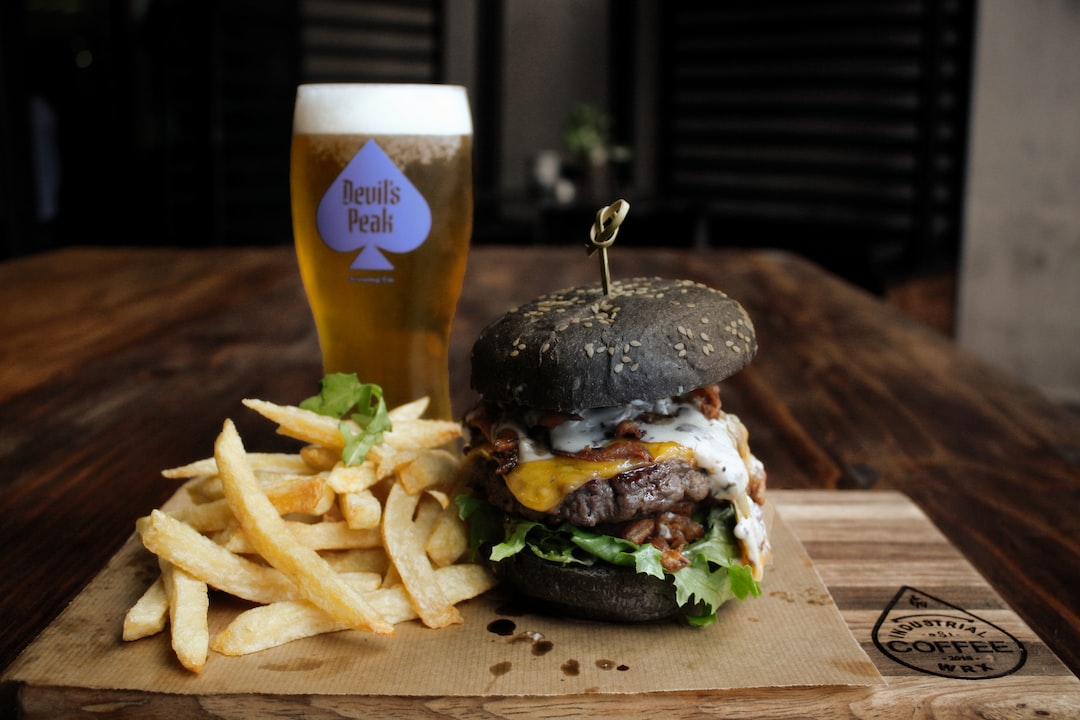The Ultimate Guide to Pairing Wine and Cheese
Few things can be as satisfying as enjoying a glass of fine wine complemented by a delectable piece of cheese. The combination of these two culinary delights can create an explosion of flavors that tantalize the taste buds. However, finding the perfect wine and cheese pairing can be a daunting task. With such a vast array of wines and cheeses available, it’s easy to become overwhelmed. Fear not! This guide will provide you with all the information you need to become an expert in pairing wine and cheese.
Understanding the Basics
To begin your journey into the world of wine and cheese pairing, it’s important to understand the basics. Both wine and cheese can be categorized into various types, and it’s these categories that serve as a starting point for pairing. Let’s dive into these categories and explore how they interact with each other.
Cheese Categories:
1. Fresh: These cheeses are young, mild, and have a soft texture. Examples include goat cheese and feta.
2. Soft-Ripened: Also known as bloomy rind cheeses, these have a soft and creamy texture with a white, velvety rind. Brie and Camembert fall into this category.
3. Semi-Hard: These cheeses are firmer in texture and hold their shape under pressure. Examples include Gouda and Gruyère.
4. Hard: Aged for a longer period of time, hard cheeses are usually crumbly or granular. Parmesan and aged Cheddar belong to this group.
Wine Categories:
1. White: These wines are often light-bodied with flavors ranging from crisp and citrusy to rich and buttery. Sauvignon Blanc and Chardonnay are popular examples.
2. Red: Usually fuller-bodied, red wines can exhibit a wide range of flavors from fruity to earthy. Cabernet Sauvignon and Pinot Noir are prestigious red wine choices.
3. Rosé: Known for their refreshing and vibrant character, these wines fall somewhere between whites and reds in terms of body and flavor.
4. Sparkling: Bubbles add a touch of celebratory joy to any occasion. Champagne and Prosecco are the most renowned sparkling wine varieties.
Pairing Suggestions
Now that we have a general understanding of the cheese and wine categories, it’s time to explore some fantastic pairings. Let’s delve into the world of flavors and find the perfect marriages between wine and cheese.
1. Fresh Cheeses: Pair these with a light, crisp white wine like Sauvignon Blanc. The acidity in the wine cuts through the creaminess of the cheese, creating a delightful harmony.
2. Soft-Ripened Cheeses: The rich, buttery flavors of Brie and Camembert can be beautifully complemented by a medium-bodied red wine like Pinot Noir. The soft tannins in the wine counterbalance the creamy texture of the cheese.
3. Semi-Hard Cheeses: Gouda and Swiss-style cheeses are versatile and go well with both red and white wines. Try pairing them with a fruity, medium-bodied red wine like Merlot, or a slightly oaked Chardonnay for a delightful combination.
4. Hard Cheeses: The strong, nutty flavors of Parmesan and Cheddar can stand up to bold, full-bodied red wines like Cabernet Sauvignon or aged Bordeaux. The combination results in a symphony of intense flavors.
While these combinations serve as excellent starting points, it’s important to remember that personal taste plays a significant role in pairing wine and cheese. Experimentation is key to finding your own perfect pairings. Don’t be afraid to think outside the box and try unexpected combinations. You may stumble upon a new favorite pairing!
Pairing Tips and Tricks
To enhance your wine and cheese pairing experience, here are some additional tips and tricks to keep in mind:
1. Balance Intensities: Pair a strong-flavored cheese with a bold wine, and a milder cheese with a more delicate wine. This prevents one element from overpowering the other.
2. Consider Regional Pairings: Matching wines and cheeses from the same region can create harmonious pairings as they often share complementary flavors.
3. Texture Matters: Pairing a soft cheese with a soft wine or a hard cheese with a structured wine creates a delightful contrast in textures.
4. Experiment with Sweet and Salty: The contrasting flavors of sweet wine with salty cheese, such as Roquefort with Sauternes, can produce an unforgettable palate experience.
Conclusion
Pairing wine and cheese is an art form, and with this ultimate guide, you’re now equipped to take your taste buds on an incredible journey. Remember to experiment, trust your instincts, and most importantly, enjoy the process. Embrace the diverse world of wine and cheese, and savor the incredible flavors that await you. Cheers to the perfect pairing!

